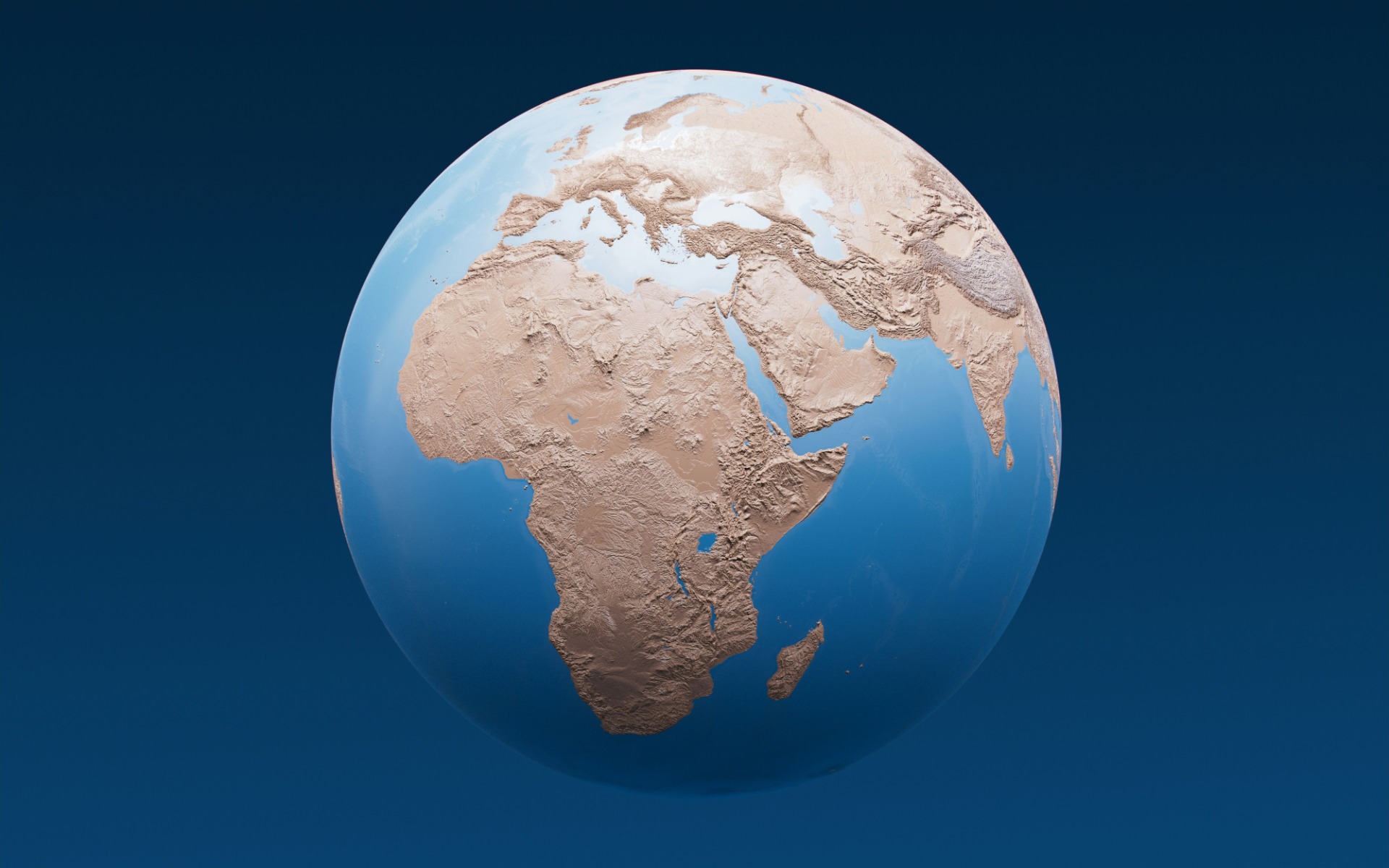Mozambique energy infrastructure
Mozambique, a southeastern African nation blessed with vast natural resources, holds the top spot in the Southern African Power Pool (SAPP) for energy potential, boasting an estimated 187 gigawatts from coal, hydroelectricity, natural gas, solar, and wind (Mozambique Power Generation). Yet, its energy infrastructure—encompassing power grids, transmission and distribution networks, and fuel transportation systems—remains underdeveloped, leading to frequent power outages and limited access, especially in rural areas. With only 48% of the population electrified as of 2022, Mozambique faces significant challenges but is making strides through ambitious projects to achieve universal electrification by 2030.
Power Grids and Transmission Networks: The Backbone of Energy Supply
Mozambique's power grids, primarily powered by hydroelectricity, are managed by the state-owned Electricidade de Moçambique (EDM) and the Hidroeléctrica de Cahora Bassa (HCB). The transmission network is divided into northern, central, and southern regions, operating at 220 kV and 110 kV (Energy Sector). However, aging infrastructure and insufficient expansion result in frequent power shortages, particularly during extreme weather events, disrupting households and businesses (Electricity Access Analysis).
To address these issues, several transmission projects are underway:
Mozambique-Zambia Interconnector: A $313 million project building two 400KV HVAC lines to link Mozambique and Zambia, boosting regional power trade (Mozambique Power Generation).
Mozambique-Malawi Interconnector: Funded by the World Bank and others at $154 million, this project connects Malawi to the SAPP via Mozambique's grid, enhancing export capacity (Mozambique Power Generation).
CESUL Back Bone Transmission Project: A $2.1 billion initiative to construct high-voltage lines (400KV AC and 550KV DC) from central to southern Mozambique and into South Africa, improving transmission reliability (Mozambique Energy).
These projects aim to strengthen the grid, reduce losses, and support Mozambique's role as a regional energy hub.
Distribution Networks: Bridging the Access Gap
Mozambique's distribution networks, also managed by EDM, face significant challenges, including high technical and commercial losses due to outdated systems and illegal connections. These issues lead to frequent power cuts and voltage fluctuations, impacting urban centers like Maputo and rural areas alike (Electricity Access Analysis). With 65% of EDM's revenue coming from southern customers, regional disparities are evident (Energy Sector).
Efforts to improve distribution include:
Theft Monitoring Systems: To curb commercial losses from illegal connections.
Loss Reduction Solutions: Addressing technical inefficiencies to enhance reliability.
Decentralized Electrification: Led by Fundo de Energia (FUNAE), this initiative uses solar PV, micro/pico-hydro, and modern biomass energy to electrify rural areas, where electrification rates can be as low as 5% (Mozambique Energy Situation).
These measures are critical for increasing the electrification rate, which jumped from 34% in 2021 to 48% in 2022, with EDM delivering over 30,000 new grid connections and 100,000 off-grid connections annually (Mozambique Power Generation).
Transportation Systems for Fuels: Powering the Gas Boom
Mozambique's fuel transportation systems are evolving, with a strong focus on natural gas due to its vast offshore reserves. The $20 billion TotalEnergies Mozambique LNG facility, though delayed beyond 2029 due to security concerns, is a cornerstone of this strategy, enabling gas transport via pipelines or as LNG via ships (TotalEnergies LNG Delay). This infrastructure supports gas-fired power plants and export markets, with natural gas projected to provide 44% of total energy generation by 2030 (Mozambique Power Generation).
For other fuels like oil, transportation likely involves road, rail, or pipelines, though specific details are scarce. These systems are vital for supporting industrial needs and power generation, particularly in urban centers.
Ongoing and Planned Infrastructure Projects: A Path to Reliability
Mozambique is investing heavily in projects to enhance energy access and reliability, aligning with its goal of universal electrification by 2030:
Cahora Bassa Hydro Dam: With a 2,075 MW capacity, it supplies 65% of its output to South Africa and 35% to Mozambique and Zimbabwe, making it the backbone of the energy system (Mozambique Power Generation).
Mphanda Nkuwa Dam: Planned for 1,500 MW, with EDF as a strategic partner announced in May 2023, this hydroelectric project will significantly boost capacity (Mozambique Power Generation).
420 MW Combined Cycle Gas Plant: Set to start operations in 2024, this plant will increase gas-based generation, supporting industrial growth (Mozambique Power Generation).
Solar Initiatives: The 40 MW Zambezia solar plant, commissioned in 2019, and the Renewable Energy Auctions Program (PROLER) for 30-50 MW solar and wind projects are expanding renewables. Solar PV systems power 700 schools and 800 public buildings in rural areas (IEA Mozambique).
Transmission Upgrades: The $506 million Temane Transmission Project (TTP) delivers electricity from Temane to Maputo via a 563 km line, while the CESUL Back Bone enhances southern connectivity (Mozambique Energy).
Decentralized Electrification: FUNAE's efforts to deploy renewable energy technologies in rural areas support off-grid communities (Mozambique Energy Situation).
These projects are backed by a new Electricity Law simplifying permitting for off-grid projects under 10 MW and an $80 billion energy transition plan approved in November 2023, aiming to boost renewable energy by 2050 (TotalEnergies LNG Delay).
Challenges and Future Outlook
Mozambique's energy infrastructure faces significant hurdles:
Underdeveloped Systems: Aging grids and networks lead to high losses and unreliable service.
Low Electrification: Only 48% of the population has electricity access, with rural areas lagging.
Bureaucratic and Financial Barriers: Complex processes and limited funding slow project development.
Fuel Transport Delays: Security issues have delayed key LNG projects, impacting gas infrastructure.
